
Category: Environment


Whose carbon price is it anyway? Strengthening carbon markets in the European Union through Fit for 55
Carbon pricing has been the European Union’s cornerstone in the fight against climate change since the start of the Emissions Trading System (ETS) setup in 2005. The ETS functions by imposing a cap on the total emissions allowed in the EU and requiring polluters to submit emission allowances (EUAs) for each tonne of carbon produced during the span of a year. […]
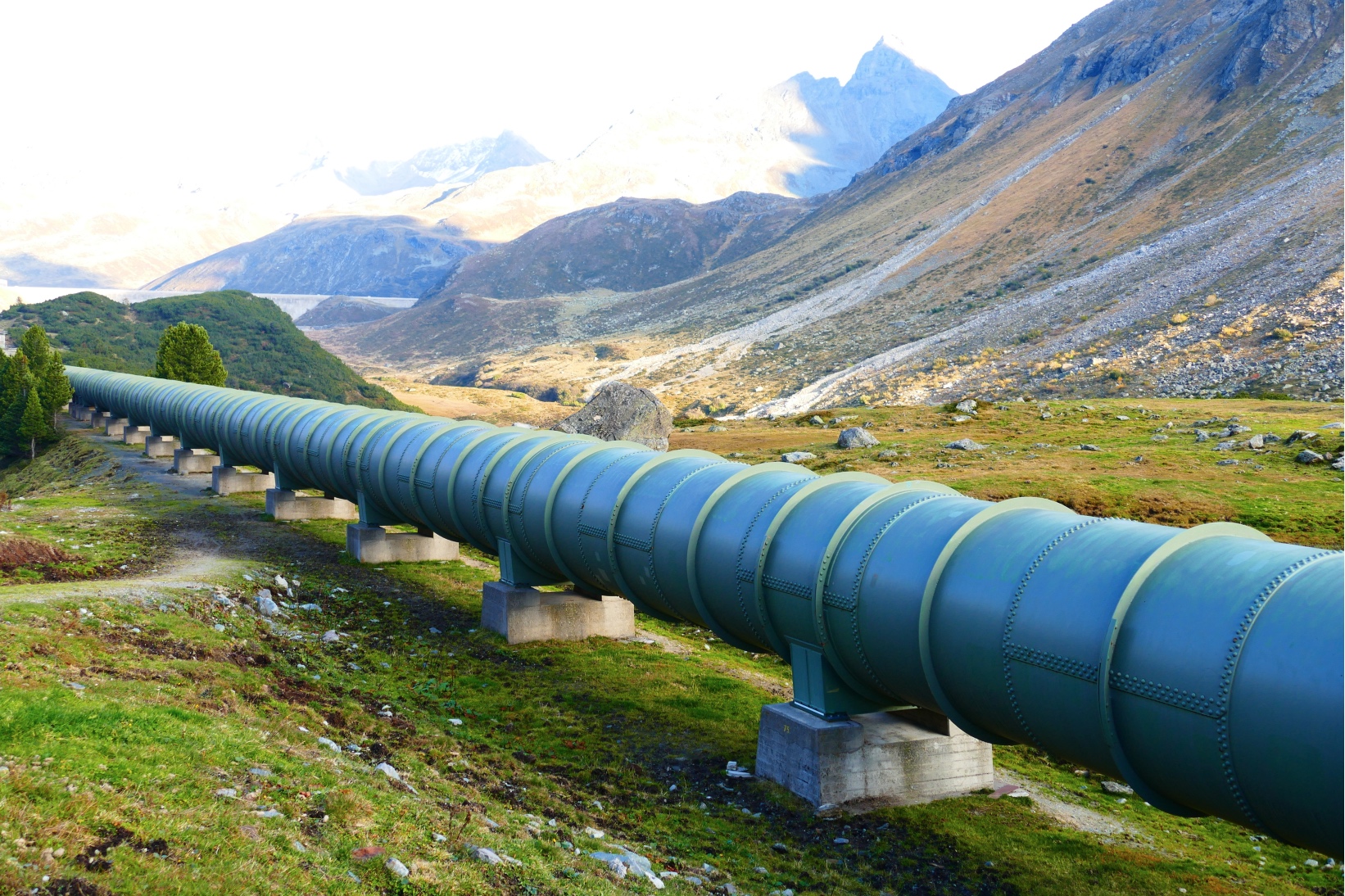
Hydrogen is what states make out of it
On 8 July 2020, the European Commission adopted its new Hydrogen Strategy. The strategy supports deploying 40 GW of electrolyser capacity by 2030, fostering the decarbonization of hard-to-abate sectors such as international shipping or steel and cement production. In this sense, and due to its versatility, hydrogen could become a pillar of the European Green Deal (EGD). […]

Extractive Diplomacy? EU Development Cooperation for the Green Deal
The industrial transformation and circular economy promised by the European Green Deal hinges on the EU’s ability to anchor the supply of strategic extractives and thus, finds itself needing to tap oversea resources. To do this sustainably and in a way that also benefits resource-rich countries, the EU’s development cooperation must step-up to lead extractive alliances responsibly and ethically. […]
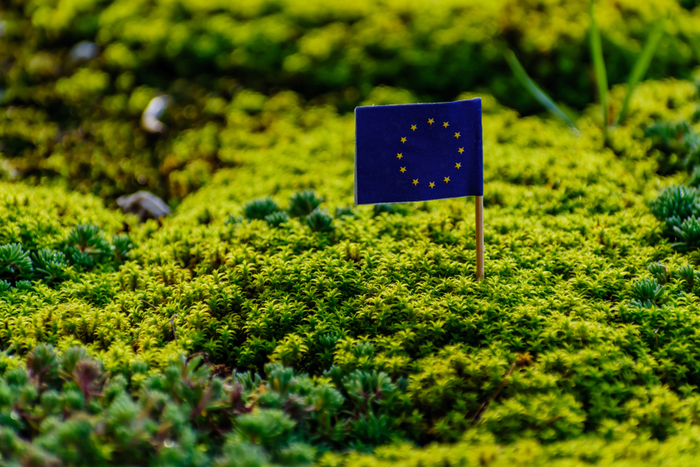
Europe’s 2020 Environmental Policies – A Year in Review
Unprecedented – a word succinctly describing the events of last year. Following the warmest decade on record, 2020 shepherded in unprecedented levels of droughts and wildfires, stronger storms and flooding, and a global pandemic. […]

The Renovation Wave and A Cultural Phenomenon: What European Bauhaus Could Look Like for the European Union’s Energy Efficiency Goals
President Ursula von der Leyen’s September State of the Union Address (16 September 2020) was a call to arms for the Next Generation EU recovery package – so unsurprisingly, the European Green Deal was one of the core elements of her address. Along with proposed increases for the 2030 emission target reduction, President von der Leyen also included a statement regarding Europe’s ‘Renovation Wave’ that surprised and inspired comment […]

Wish you were green: Is the EU’s Hydrogen Strategy really sustainable?
In July, the European Commission presented the Hydrogen and Energy System Integration strategies, two roadmaps that contribute towards achieving climate and environmental goals under both the European Green Deal (EGD) and Paris Agreement. […]
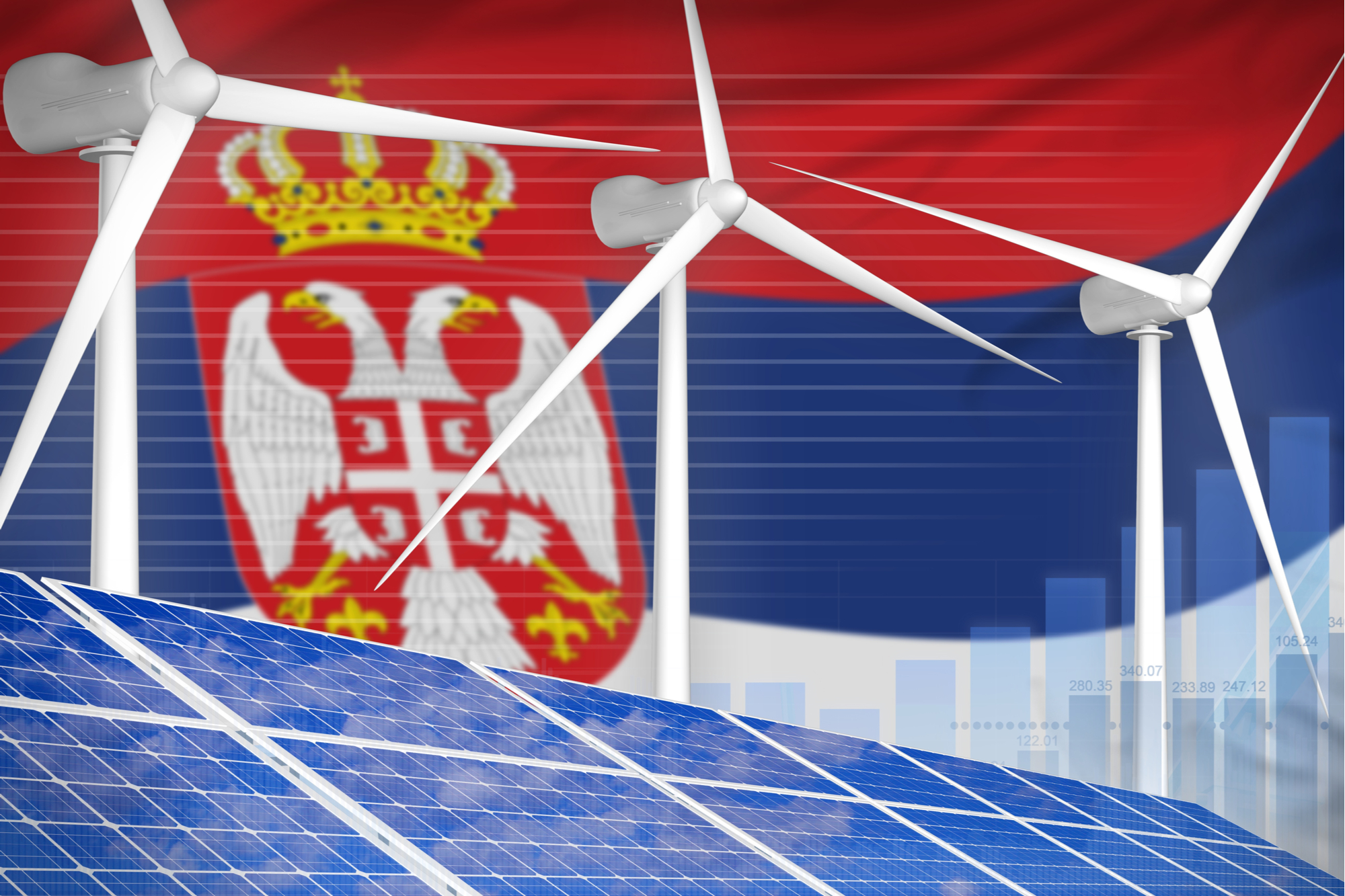
Support for Green Electricity in Serbia: A gap in harmonizing with EU energy laws
To access the European Union, EU-candidate countries are required to embrace the EU Community acquis within their legislation. This is deployed throughout accession negotiations as a framework of 35 chapters, with Energy as the fifteenth. […]
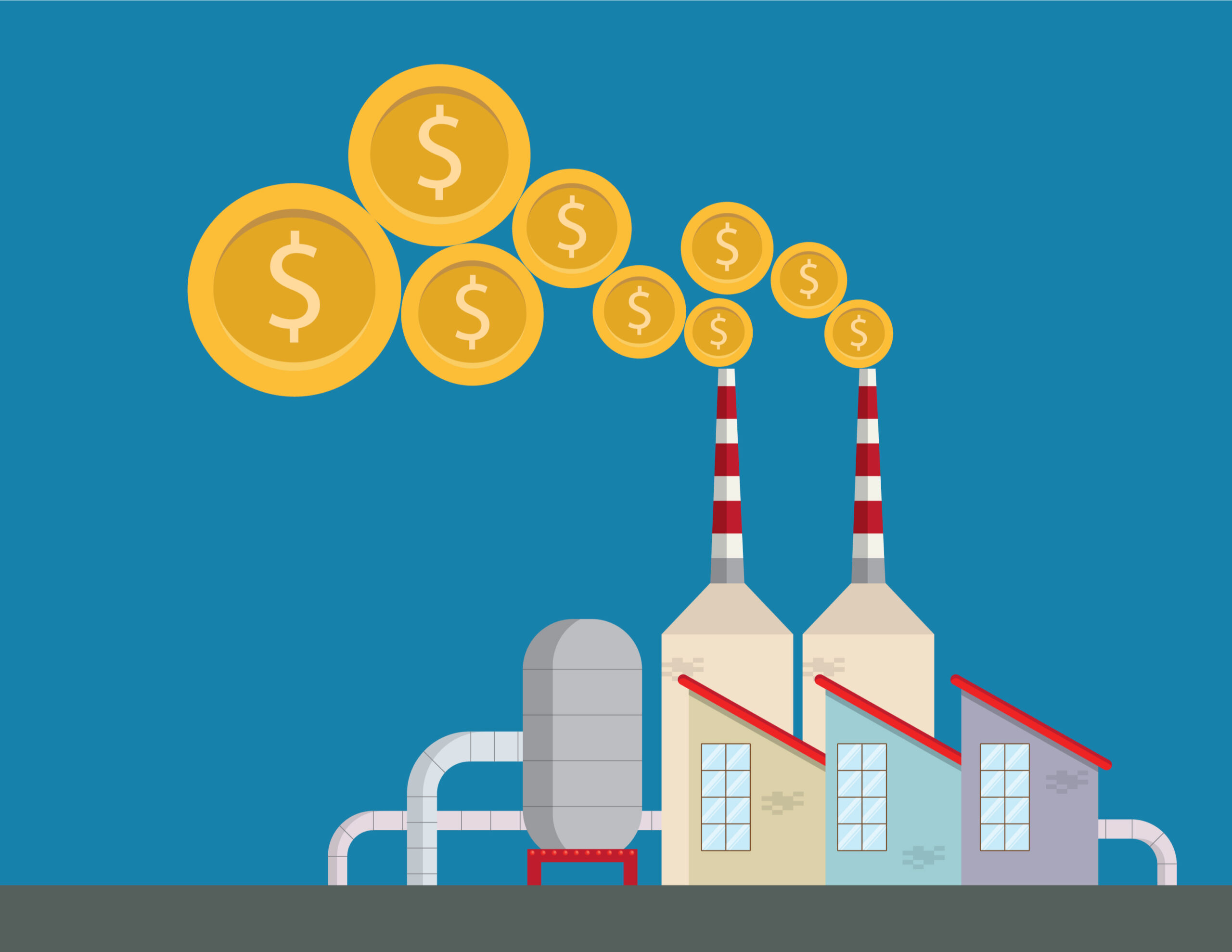
Who really pays for all this CO2? Understanding the incidence of carbon taxation in the EU
On Earth Day, 22 April 2016, the UNFCCC Paris Agreement was opened for signatures, aiming to limit the average temperature increase well below 2°C, or even 1.5°C below pre-industrial levels. With both the European Union and its Member States as signatory parties, collective action became imperative in Brussels. […]
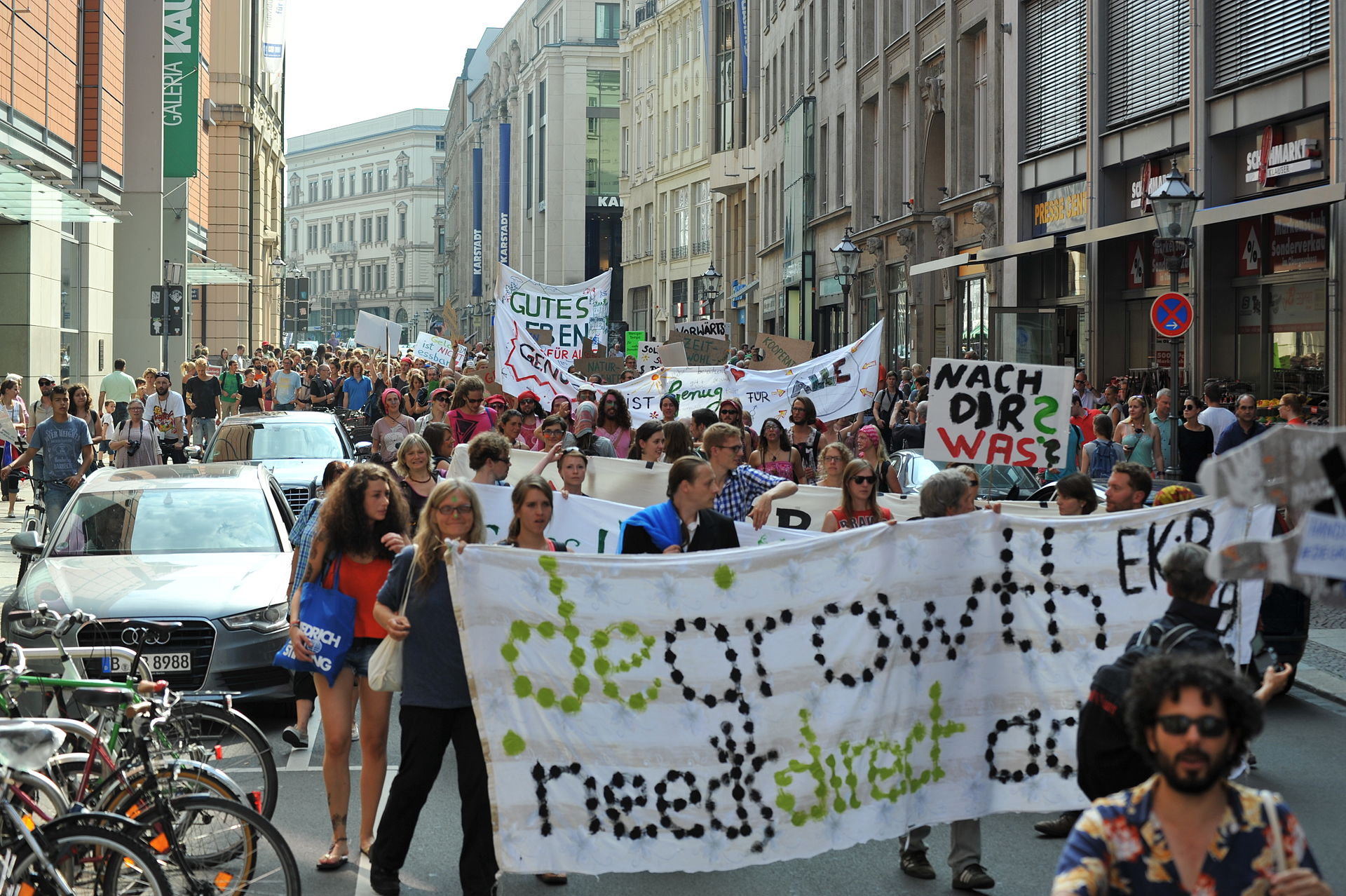
Debt and Degrowth: Dynamics of Deficits under Zero Growth
In the words of ecological economist Giorgos Kallis, “if humanity is not to destroy the planet’s life support systems, the global economy should slow down.” This simple premise is the seed of a new school of ecological economics – “degrowth” which aims to disrupt many of the traditional assumptions around economic growth. […]